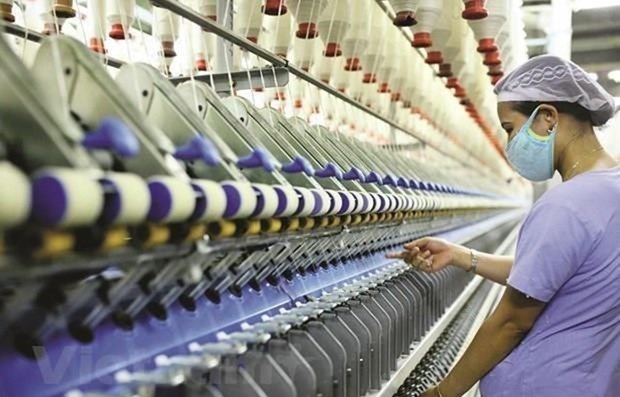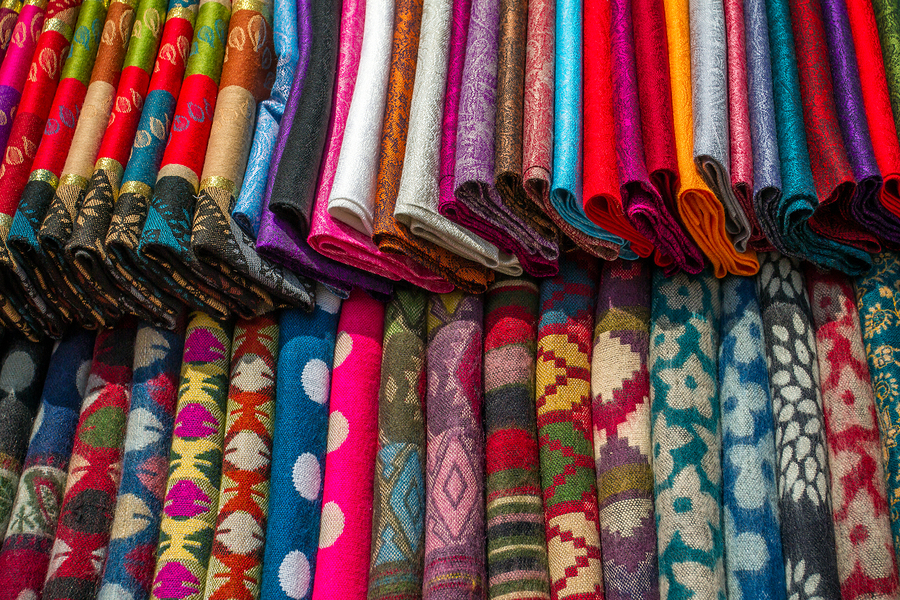

Notably, while China steadily accounted for declining shares in the world’s total apparel exports since 2015, its market shares rebounded to 31.6% in 2020 from 30.7% in 2019. Altogether, these top four accounted for 72.2% of the world market shares in 2020, higher than 71.4% in 2019. Pattern #3: Fashion companies’ efforts to diversify apparel sourcing from China somehow slowed during the pandemic.Ĭhina, the European Union, Vietnam, and Bangladesh unshakably remained the world’s four largest apparel exporters in 2020.
TEXTILE EXPORTER FREE
textile exports went to the Western Hemisphere in 2020, including 46% for members of the U.S.-Mexico-Canada Trade Agreement (USMCA) and another 17.2% for members of the Dominican Republic-Central America Free Trade Agreement (CAFTA-DR). Due to the regional trade patterns, around 67% of U.S. Production disruptions at the beginning of the pandemic and the shift toward PPE production for domestic consumption were the two primary contributing factors behind the decline in U.S. The United States dropped one place and ranked the world’s fifth-largest textile exporter in 2020 (was 4 th from 2015 to 2019), accounting for 3.2% of the shares (was 4.4% in 2019). In particular, Vietnam exceeded South Korea and ranked the world’s sixth-largest textile exporter in 2020 ($10 bn of exports), the first time in history. The complete textile and apparel supply chain and considerable production capability allow these two countries to switch clothing production to PPE manufacturing quickly. Notably, China and Vietnam enjoyed a substantial increase in their textile exports in 2020, up 28.9% and 10.7% from a year ago, respectively. Together, these top three accounted for 65.8% of the world’s textile exports in 2020, similar to 66.9% before the pandemic (2018-2019). Pattern #2: COVID-19 did NOT shift the competitive landscape of the world textile exports Meanwhile, textile exports from China and Vietnam gained new momentum during the pandemic.Ĭhina, the European Union (EU), and India remained the world’s three largest textile exporters in 2020. Overall, the world textile and apparel trade recovery process from COVID-19 will differ from our experiences during the 2008 global financial crisis.


That being said, the unexpected resurgence of COVID cases in summer 2021, especially the delta variant, caused new market uncertainties. Notably, as economic activities returned in the second half of 2020, the world clothing export quickly rebounded to around 95% of the pre-covid level by the end of 2020.

The world merchandise trade in 2020 also suffered an unprecedented 8% drop from a year ago, with COVID-19 to blame. In comparison, affected by lockdown measures, worsened economy, and consumers’ tighter budget for discretionary spending, global apparel export decreased by nearly 9% in 2020, totaling $448bn, the worst performance in decades. Pattern #1: COVID-19 significantly affected the world textile and apparel trade volumes, resulting in substantial growth of textile exports and a declined demand for apparel.ĭriven by increased personal protective equipment (PPE) production, global textile exports grew by 16.1% in 2020, reaching $353bn. According to the World Trade Statistical Review 2021 report released by the World Trade Organization (WTO), the textiles and apparel trade patterns in 2020 include both continuities and new trends affected by the pandemic and companies’ evolving production and sourcing strategies in response to the shifting business environment.


 0 kommentar(er)
0 kommentar(er)
